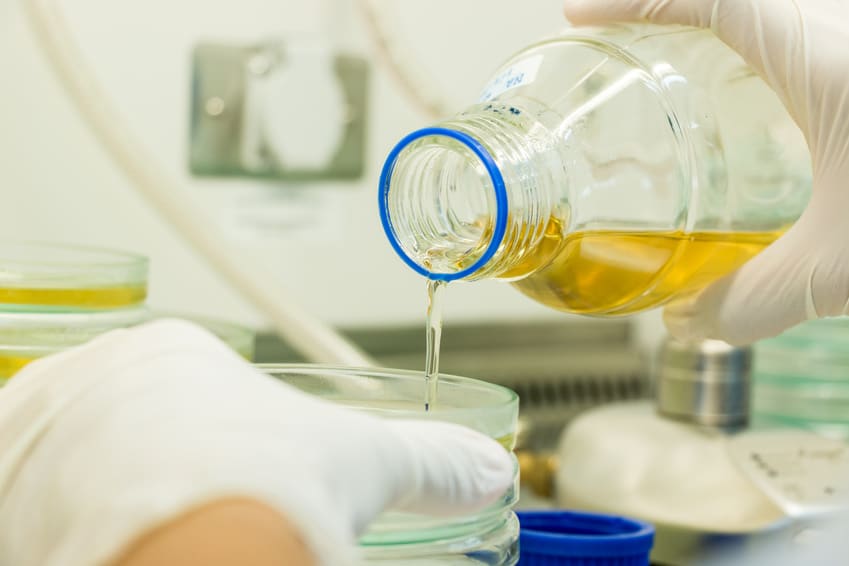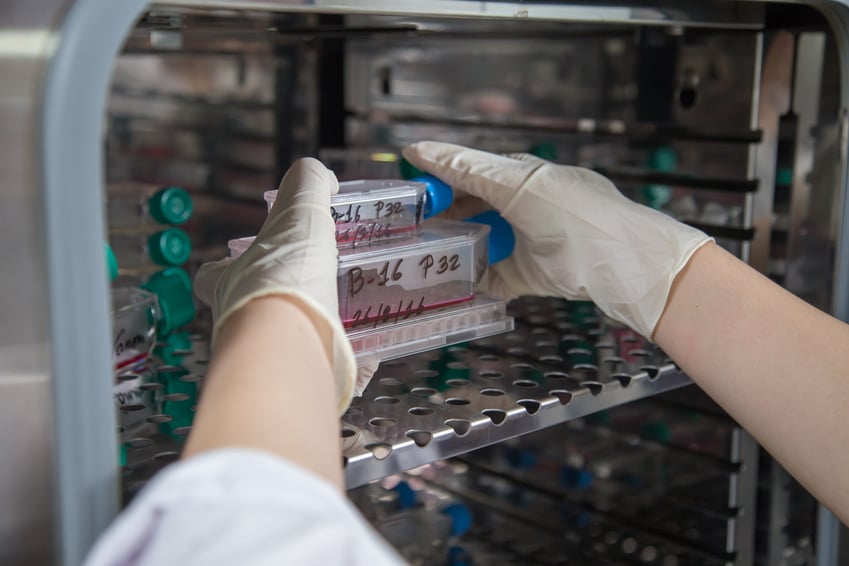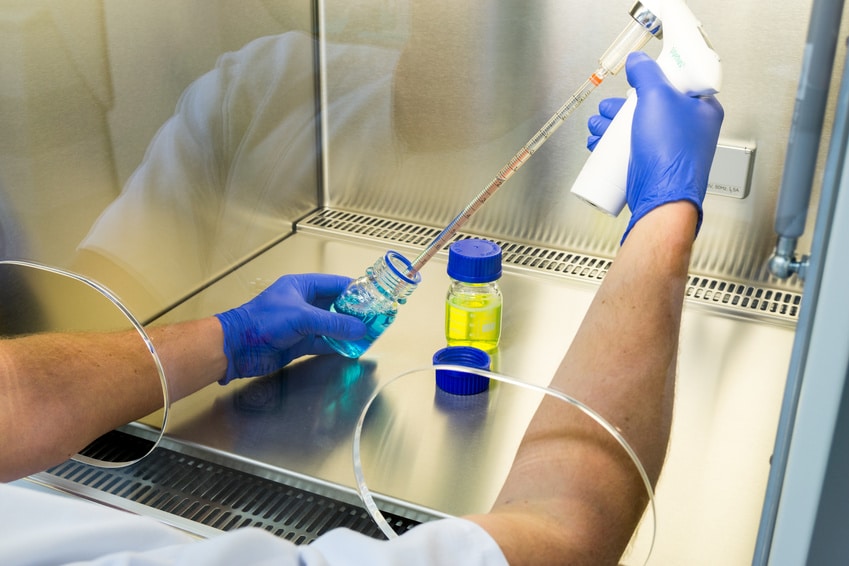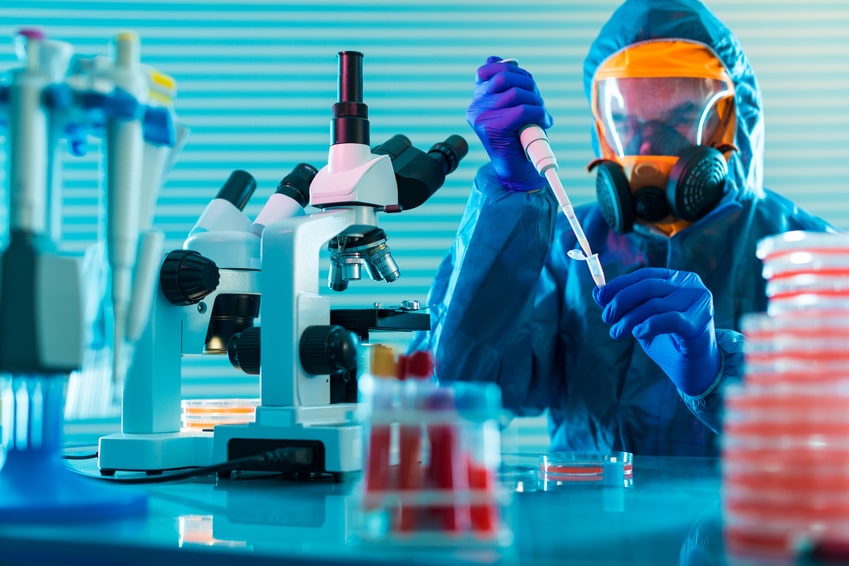Many laboratories work with substances that can be harmful if they are handled incorrectly and none more so than labs dealing with biological agents. Work or research involving infectious agents is highly regulated, and various safety procedures must be followed to ensure that laboratory personnel, the community and the environment are all protected.

Quick Navigation
Biosafety Levels
The four biosafety levels are designed to protect against specific biological agents, including bacteria, fungi, parasites, prions, rickettsia agents, and viruses. Probably the most important of safety measures are for the containment of viruses, which can spread quickly and do serious damage if accidentally released. The level of risk posed by a biological agent is determined using three criteria: pathogenicity, the availability of medical countermeasure or prophylactic treatment, and its potential to spread. Biosafety levels are designed to identify what safety measures should be in place for the agents a lab is using to prevent contamination.

Level 1
Level one is the lowest level of biosafety and applies to agents that pose minimal threat and do not consistently cause illness in healthy adults. Research in these labs does not usually require speciality containment equipment and the labs themselves do not have to be isolated from the general building. Standard microbiology practices are usually sufficient to achieve successful containment. These include the use of mechanical pipetting, safe sharps handling, careful handling of substances, and thorough housekeeping.
Decontamination of work surfaces, spills, and materials are all important. Standard personal protective equipment such as lab coats, gloves, and eye protection are sufficient.
Level 2
The second biosafety level covers labs that are working with agents associated with human disease. This includes pathogens or infectious organisms that pose a hazard to human health, such as equine encephalitis and HIV. Often, level two labs have a bigger focus on careful handling to avoid any injury that pierces the skin, as well as avoiding ingestion or mucus membrane exposure to contaminants.
An eyebath station should also be available. Cautious handling of sharps and puncture-resistant sharps containers are also mandatory. Labs with level two ratings should have a biosafety manual detailing required immunisation and whether serum banking is required to protect staff. A biosafety cabinet or equivalent device should be used for effective containment and an autoclave should be used for proper decontamination.

Level 3
Biosafety level three applies to labs working with agents that are strictly controlled and must be registered with the appropriate government agencies. Agents requiring level three biosafety are serious or lethal diseases that can be passed on through simple inhalation of particles or droplets. In addition to the safety procedures applicable at level two, more stringent access control and decontamination of waste processes apply. For example, lab clothing must be decontaminated prior to laundering within the lab facility.
Baseline serum samples should also be collected from all at-risk personnel. Solid-front wraparound gowns, scrub suits or overalls, and respirators are necessary. Access should be separate from general building corridors and incorporate self-closing double doors. Ventilation should provide ducted, directional airflow from a clean area, with no recirculation.
Level 4
Agents that pose a high risk of deadly disease require level four biosafety, to provide maximum protection and containment. In addition to the safety precautions required at biosafety level three, level four requires complete clothing change before entry to the lab, a shower on exit, and decontamination of all materials before leaving the facility. A Class III biological safety cabinet is required and the laboratory should be completely isolated from the main building. The lab should have dedicated supply and exhaust ventilation, with exhaust streams being filtered through high-efficiency particulate air filters.

Emergency Procedure
In the case of a biosafety emergency, all the responsible bodies should be informed, including the appropriate government departments. Under RIDDOR (Reporting of Injuries, Diseases and Dangerous Occurrences Regulations) any incidents, accidents or infections involving biological agents at work must be reported. Depending on the incident, these will either be referred to the Health and Safety Executive or the Health Protection Agency. Procedure for reporting incidents is quick and simple, with a form that can be completed and submitted online. This should be performed by the laboratory owner or manager.
If your lab needs redesigning for optimum safety and practicality, the team at InterFocus can help. For more information about our bespoke fitted labs, visit our homepage or call our team on 01223 894 833.



